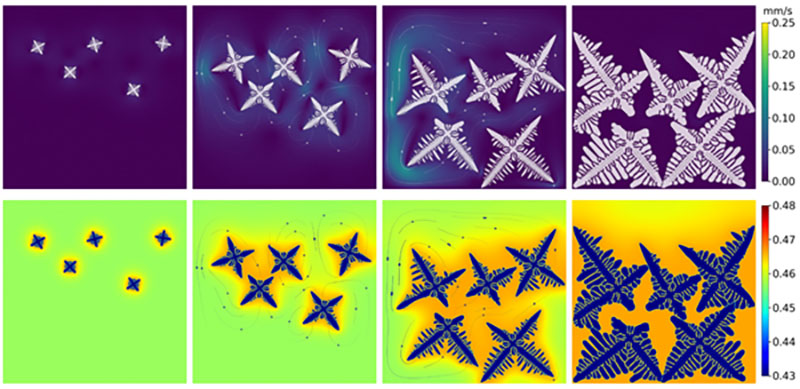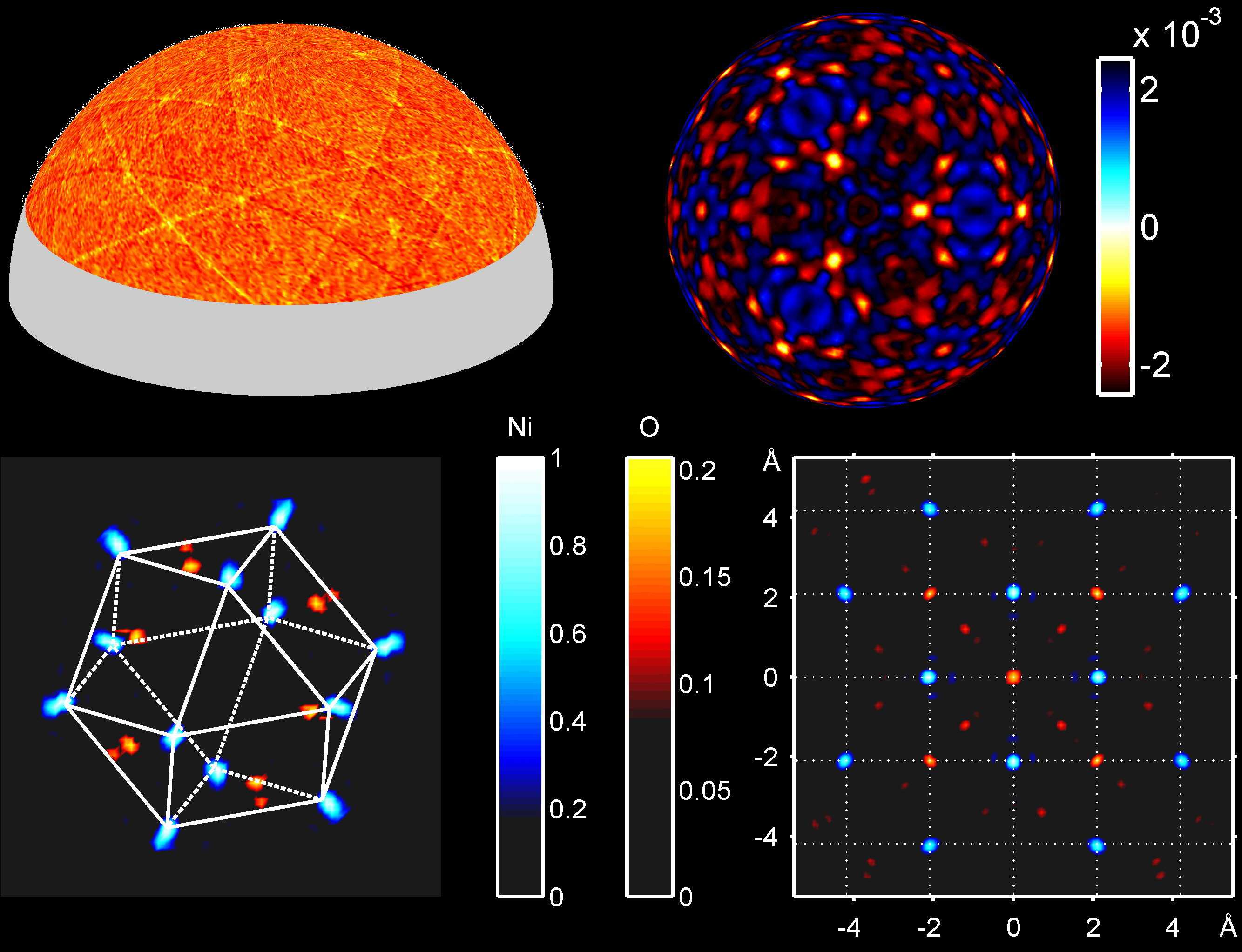Laboratory for advaced structural studies

Group leader: Éva KOVÁTS
Publications of the group: link to the database of the Hungarian Scientific Bibliography
The laboratory studies three fields of research. The primary research direction of X-ray techniques is the discovery of the atomic structure of solids using diverse diffraction techniques and developing new methods for examining structures (e.g. X-ray holography). The Computational Material Science group uses computer simulation to study crystal nucleation processes. The Chemical synthesis and vibration techniques group produces and studies carbon nanostructures using different optical spectroscopy techniques.
X-Ray Laboratory
The main line of its research is the study of the atomic structure of solids. Several methods are used depending on the form of the samples and the parameters to be determined. The laboratory is equiped for the study of single crystals, powders and thin layers.
Single crystals (characteristic size ~0.1 mm) are measured by single crystal diffraction technique. This allows the determination of the atomic or molecular structure unknown subtances. There is a possibility to measure at non ambient conditions (25-300 K and max. 50 Kbar).
Powders (individual crystallites tipically have less than 1 mikron diameter) are measured by x-ray powder diffraction. More than 1 mg powder is necessary to take a good quality pattern. There is a possibility to measure as a function of temperature (100-1000 K ). The concentration of known phases can be determined from powder data.
Thin layer samples have large, smooth and flat surface. They can be composed of a single or a multilayer on a substrat. Layer thickness (in the range of 5-100 nm), periodicity (in the range of 5-50 nm) and surface/layer roughness can be determined.

X-ray holographic measurement on NiO. Left upper panel shows the measured Kossel line pattern, together with the hologram, which has a much smaller amplitude. The hologram of the atoms surrounding the Ni atom is depicted on the right upper panel. The 3D real space arrangement of atoms is shown on the lower panel, as reconstructed from the hologram. Click on the image to get a better view (290kB).
Beside these traditional methods the group is working on the development of new techniques for structure determination. In the last few years two methods, the nuclear resonant scattering of gamma rays from powders, and the atomic resolution x-ray holography were developed. The first one can be used to study the relation of hyperfine fields and crytal structures in powdered samples containing Mössbauer isotopes. The x-ray holography gives information on the local atomic environment of selected elements in three dimensions. The application of the above methods are not wide spread yet. Further theoretical and experimental work is necessary to implement them in commertial equipments.
Most important fields of research: Structural study of fullerenes, nuclear scattering, x-ray holography.
Further information:
Gyula Faigel, E-mail: faigel.gyula@wigner.hu
Theory of phase transitions - (Computational Materials Science Group)
In connection with experimental work in the Laboratory of Advanced Structural Studies we have developed theoretical models for various first order phase transitions. This includes modeling of vapor condensation, crystal nucleation in single component and binary liquid alloys, kinetics of nucleation in glasses, and polycrystalline solidification in isotropic and anisotropic systems. The methods applied range from discrete methods (Monte Carlo and cluster dynamics simulations) to continuum models (Cahn-Hilliard-type, phase-field, and classical dynamical density functional approaches), and numerical simulations.
Snapshots of the chemical composition, phase-field, and orientation field distributions in a computed for a Cu-Ni alloy taken during a phase-field simulation of simultaneous nucleation and dendritic solidification. Click on the pictures to download the respective animations (large files).
Further information:
Websites of the Computational Materials Science Group:
http://www.szfki.hu/~grana/publist.html#phasetrans
Relevant publications:
http://www.szfki.hu/%7Egrana/publist.html#phasetrans
Spectroscopy of carbon nanostructures
Carbon nanostructures have been among the hottest topics in the study of novel materials in recent years. In our laboratory we prepare complex molecular nanostructures and investigate their properties using various optical spectroscopy techniques ranging from the far-infrared to the UV region in frequency, and from macrosize to a few nanometers in spatial resolution. Our supramolecular systems include carbon and boron nitride nanotubes filled with organic molecules, fullerene-based rotor-stator systems and metal-organic frameworks (MOFs). Our instruments include conventional spectrometers, microscopes and tip-based microscopy setups.
For more information:
Email: kamaras.katalin@wigner.hun-ren.hu



